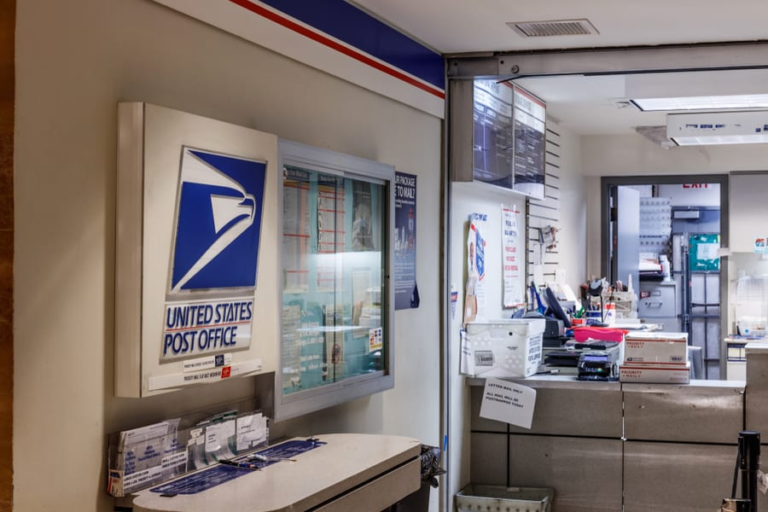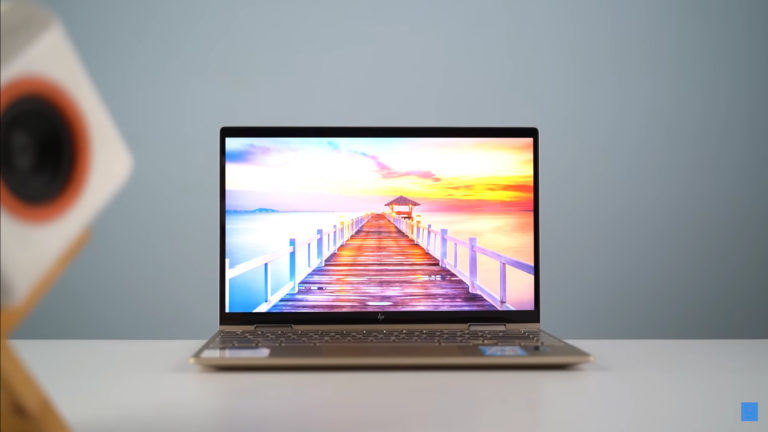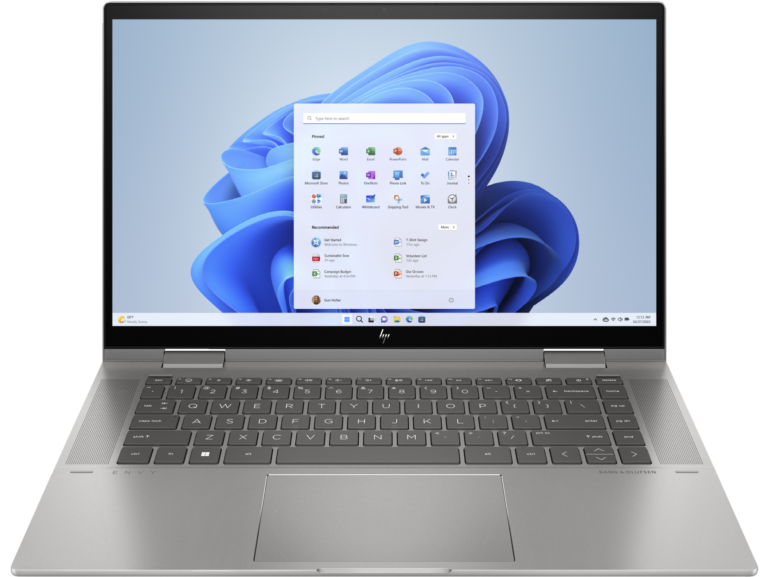The Evolution of HP: From Printers to Laptops and Beyond
Introduction: From humble beginnings to a tech giant
Hewlett-Packard, commonly known as HP, is a multinational technology company that has become a household name in the tech industry. Founded in a one-car garage in Palo Alto, California in 1939 by Bill Hewlett and Dave Packard, HP has grown from its humble beginnings to become one of the largest and most influential technology companies in the world.

The early years: HP’s focus on printers and imaging technology
In its early years, HP focused on producing precision electronic instruments such as oscillators, audio generators, and voltmeters. However, it was the introduction of the first HP printer in 1984 that truly put the company on the map. The HP LaserJet revolutionized the printing industry with its high-quality output and fast printing speeds. It quickly became a popular choice for businesses and consumers alike, solidifying HP’s position as a leader in the printing and imaging space.
HP continued to innovate in the printing and imaging space, introducing new technologies and products that further cemented its dominance in the industry. In 1991, HP introduced the DeskJet printer, which was the world’s first affordable color inkjet printer. This breakthrough product made color printing accessible to a wider audience and further expanded HP’s market share.
Expansion into computing: The birth of HP laptops and desktops
Building on its success in the printing and imaging space, HP made its entry into the computing market in 1980 with the introduction of its first desktop computer, the HP 9800 series. This marked the beginning of HP’s expansion into computing, which would become a significant part of its business in the years to come.
Over the years, HP continued to innovate in the computing space, introducing new technologies and products that pushed the boundaries of what was possible. In 1993, HP introduced the HP Omnibook, one of the first commercially successful laptops. This portable computer offered users the convenience of computing on the go and quickly gained popularity among business professionals and students.
In 2002, HP made a significant move in the computing market by acquiring Compaq, a leading computer hardware company. This acquisition allowed HP to expand its product portfolio and gain a stronger foothold in the consumer and enterprise computing markets. The merger of HP and Compaq created a powerhouse in the computing industry, with HP becoming one of the largest PC manufacturers in the world.
The rise of mobile: HP’s foray into smartphones and tablets
In an effort to stay competitive in the rapidly evolving tech landscape, HP made its entry into the mobile market in 2010 with the introduction of its first smartphone, the HP Veer. However, HP faced numerous challenges in the highly competitive mobile market, including strong competition from established players such as Apple and Samsung.
Despite its efforts, HP struggled to gain traction in the mobile market and eventually made the decision to exit the space in 2011. However, HP continued to have a presence in the tablet market, introducing a range of tablets running on the Windows operating system. While not as successful as its competitors in the tablet market, HP has managed to maintain a foothold in this space.
Diversification: HP’s expansion into software and services
Recognizing the need to diversify its business and reduce its reliance on hardware sales, HP made a strategic move into software and services. In 2011, HP acquired Autonomy, a British software company specializing in enterprise search and knowledge management. This acquisition was intended to strengthen HP’s software business and position the company as a leader in the enterprise software market.
However, the acquisition of Autonomy did not go as planned. In 2012, HP announced that it had discovered serious accounting improprieties at Autonomy, leading to a significant write-down of the value of the acquisition. This setback had a negative impact on HP’s software business and raised questions about the company’s ability to successfully diversify its business.
Despite the challenges, HP continued to focus on services, recognizing the growing importance of this segment in the tech industry. The company expanded its services offerings, including consulting, support, and managed services, to help customers optimize their IT infrastructure and drive business growth. This focus on services has helped HP diversify its revenue streams and become a more well-rounded technology company.
The split: HP’s decision to separate into two companies
In 2015, HP made the decision to split into two separate companies: HP Inc. and Hewlett Packard Enterprise (HPE). The split was driven by the desire to create two focused companies that could better serve their respective markets and customers.
HP Inc. focuses on personal systems, including PCs and printers, while HPE focuses on enterprise products and services. The split allowed each company to have a sharper focus on its core business and pursue growth opportunities in their respective markets.
The split had a significant impact on HP’s business and its customers. It allowed HP Inc. to focus on innovation in the personal systems market, while HPE could concentrate on delivering enterprise solutions and services. The split also allowed each company to make strategic decisions and investments that were aligned with their specific business goals and objectives.
Innovation and sustainability:
Throughout its history, HP has been known for its commitment to innovation and cutting-edge technology. The company has consistently pushed the boundaries of what is possible, introducing new products and technologies that have transformed industries and improved the lives of people around the world.
HP’s commitment to innovation is evident in its ongoing investment in research and development. The company has a strong focus on developing new technologies and solutions that address the evolving needs of its customers. This commitment to innovation has helped HP stay ahead of the curve in the tech industry and maintain its position as a leader in the market.
In addition to its focus on innovation, HP is also committed to environmental responsibility and sustainability. The company has set ambitious goals to reduce its carbon footprint and promote environmental sustainability. HP has implemented various initiatives to achieve these goals, including reducing energy consumption, increasing the use of renewable energy sources, and promoting recycling and responsible waste management.
Looking to the future: What’s next for HP in the ever-changing tech landscape?
As the tech industry continues to evolve at a rapid pace, HP is focused on staying ahead of the curve and driving innovation. The company is investing in emerging technologies such as artificial intelligence, 5G, and edge computing to develop new products and solutions that meet the changing needs of its customers.
HP is also focused on expanding its presence in growth markets such as gaming and immersive computing. The company sees significant opportunities in these markets and is investing in research and development to create innovative products and experiences for gamers and consumers.
Conclusion:
From its humble beginnings in a garage in Palo Alto, California, HP has grown into a global technology powerhouse. The company’s focus on innovation, commitment to quality, and dedication to customer satisfaction have been key factors in its success.
Over the years, HP has evolved and adapted to the changing needs of the tech industry. From its early focus on printers and imaging technology to its expansion into computing, mobile, software, and services, HP has consistently pushed the boundaries of what is possible.
As HP looks to the future, the company remains committed to driving innovation, delivering exceptional products and services, and making a positive impact on society and the environment. With its strong foundation and focus on customer-centric innovation, HP is well-positioned to continue its success in the ever-changing tech landscape.






